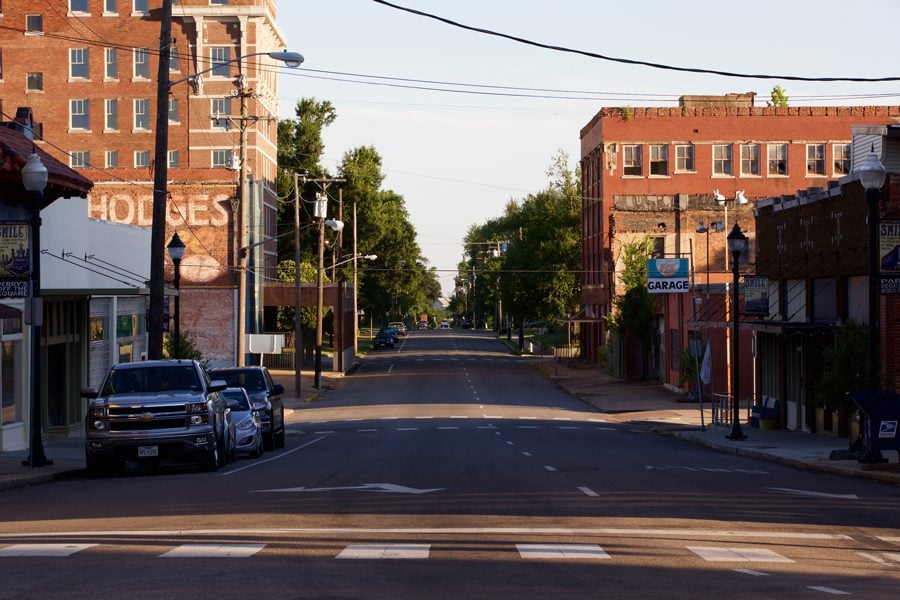‘An Outrage’ examines the modern ramifications of lynching
“An Outrage” features scenes shot at the sites of former lynchings. The filmmakers noted that many of these locations are as commonplace as a town square or a tree off the highway.
February 14, 2018
A&E
When filmmakers Lance Warren and Hannah Ayers learned about lynching as young adults, they said it was presented in their education as “a sidebar of American history.”
It was through working to create an online history course for high school teachers that they began delving deeper into the topic and realized just how pervasive this crime was within U.S. history.
“For the 4,000 or so people who were killed, for the families affected, lynching represented the limits of the American experience, the limits of American democracy, it represented the country,” Warren said. “Once you start to look at it that way … the history of racial violence becomes the center point that it is all along.”
This discovery inspired the two to make a documentary about the country’s history of lynching: “An Outrage.” The 33-minute film will be shown in McCormick Auditorium at Norris University Center on Feb. 19.
Warren said “An Outrage” presents lynching through the eyes of affected families. While working on the film, the non-profit organization Equal Justice Initiative released a study that revealed the number of lynchings was far higher than previously reported. Warren said he and Ayers felt it was important to share the stories of individuals to imbue these large numbers with a sense of humanity.
Much of the film is comprised of interviews with family members of lynching victims, Ayers said. She noted that she was particularly affected by the story of a woman in the film whose great uncle was lynched. After he and his infant daughter were murdered, his wife did not receive his postmaster’s government pension, leaving her to struggle to support five children for the rest of her life.
“You start to see how it’s not an isolated incident,,” Ayers said. “It harms entire branches of family trees and affects deep down and for multiple generations. I think that was something that really helped me see how lynching is still very resonant for these families today.”
Warren said he also wanted to show many sites of past lynchings in the film to draw attention to the fact that the vast majority of them remain unmarked and not memorialized. University Provost Jonathan Holloway said he thought the decision to show the locations of past lynchings, many of which are commonplace sites like a town square or a tree off the highway, “packed a real punch” and helped to bring the discussion into the present.
Holloway, who is interviewed as a scholar in the film, will host the screening of the documentary and participate in a Q&A with the directors. He said he hopes the film will make students realize that not only was lynching a prevalent part of our past, but that it also has ramifications in the present.
“I hope (the film) will help students recognize that these ugly episodes in our past aren’t mythological,” he said.” They have happened in a real place; a real place just down the road is where some really horrible things happened. People need to understand that these episodes are not just things frozen in time.”
Ayers said they are showing the film at universities and other academic settings to make the film an educational tool. She said the two are currently partnered with the Southern Poverty Law Center and are working to distribute the film for free to 500,000 teachers across the country.
Warren and Ayers hope that widespread distribution of their film will help spark a national conversation about lynching and push people to find the agency to make change in the present.
“As we wake up everyday and check all the feeds and see all the things in the world that trouble us and are deeply flawed, so many of those seem to be things where there is little room for us to do anything of measurable good,” Warren said. “The history of lynching is different. The history of racial violence is one in which we’re not only all implicated, but we all also have a direct role that we can play in changing it.”
Email: [email protected]
Twitter: @janerecker


